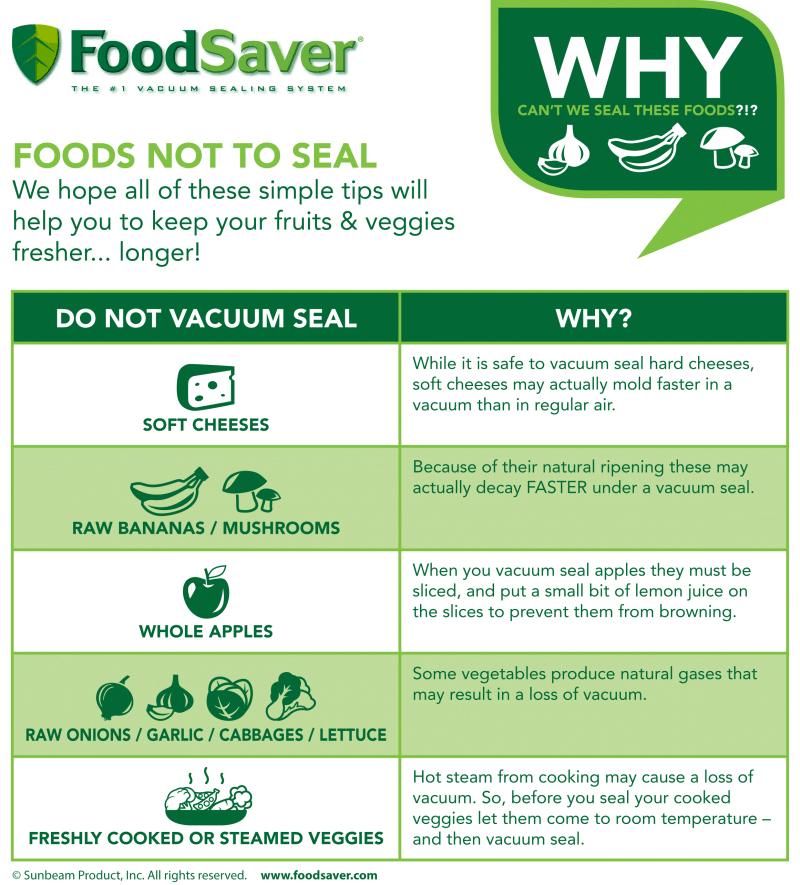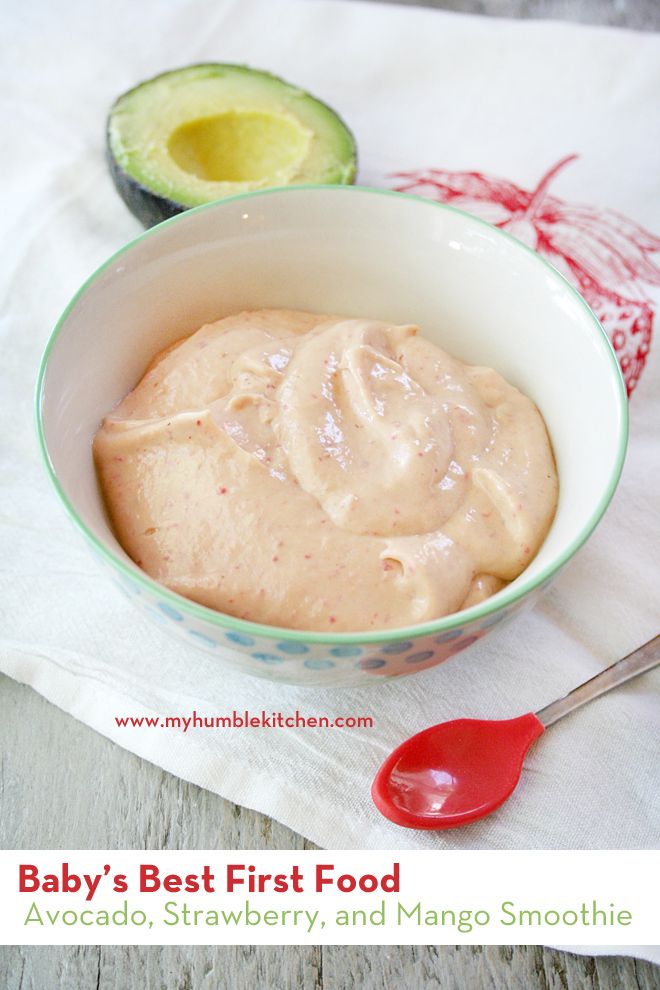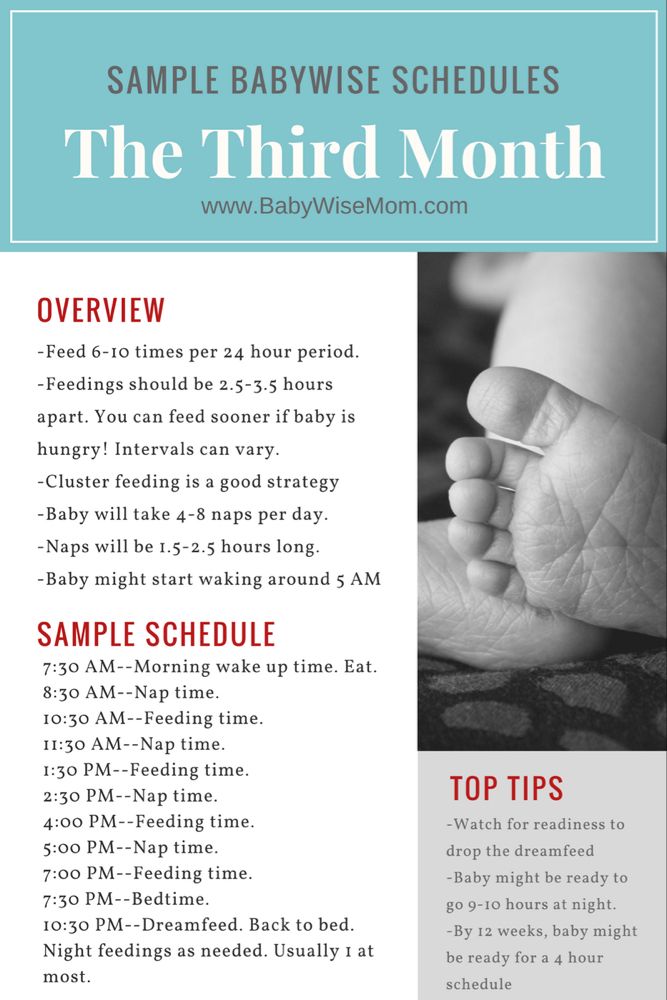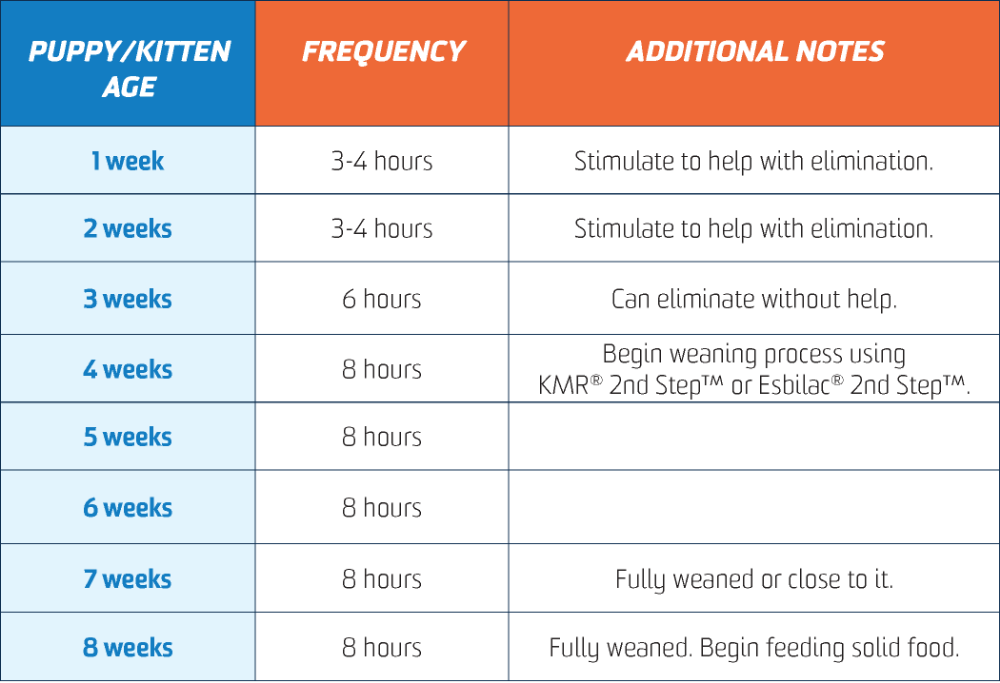Vacuum seal baby food
How To Store Homemade Baby Food?
I love to make my own baby food for our 18 months old. I don’t own any orchard, not even a vegetable garden.
But I do have my favorite fresh grocer I go to where I can buy fruits and vegetables by bulk and enjoy a good discount.
I allot one good day to make an assortment of baby food using this fresh produce.
In the long run, this method saves us money and best of all; I am sure that our baby gets the healthiest and safest baby food there is.
Table of Contents
- Why do you need to preserve your homemade baby food in the refrigerator?
- Here are a few tips when preparing baby food:
- What are the best methods to store homemade baby food in the refrigerator?
- Method 1: Use Baby Food Storage Containers
- Advantages:
- Disadvantages
- MY TIPS:
- Method 2: Use Ice Cubes Trays
- Advantages:
- Disadvantages:
- MY TIPS:
- Method 3: Use Ziploc Storage Bags
- Advantages:
- Disadvantages
- MY TIPS:
- Method 1: Use Baby Food Storage Containers
- Why mothers need a food vacuum sealer?
- Below are the practical benefits of food vacuum sealer machine:
When I buy bulk fresh produce, I have to make baby food out of them before they rot. So I boil, broil and puree it. Although after this process the food is already cooked, it is still prone to getting spoiled if just left on the countertop.
So where do you store it? In the refrigerator, of course. Specifically in the freezer area. Or if you have a stand-alone freezer, it will do a better job:
- Since the inside of the refrigerator is cold, it slows down the decomposition of the food;
- The temperature also slows down molds and fungi that rot food;
- Storing it in the ref also keeps it away from bugs, insects and pests.
Avoid using salt and sugar. Use spices instead, like cinnamon. Babies as young as 7 months old are safe to consume that, but it is best to get your pediatrician’s go signal. Some babies may have allergies;
Use fruits or vegetables that the rest of the family is eating. For example, if the older kids and adults are having potato salad, let baby have his own potato – but mashed instead;
If I have a lot of one kind of fruit, I peel, clean and cook all of them but I only puree half.
 The rest I still store in the refrigerator but not pureed yet.
The rest I still store in the refrigerator but not pureed yet.
The fruits and vegetables have been clean, cooked and pureed. You are ready to put it in the refrigerator for storage. But what containers do you use? Let us see the different options:
Method 1: Use Baby Food Storage ContainersThere are two kinds of food storage containers that may be used for your baby food. One is made from glass, and the other is plastic.
Glass jars are easily available. After cooking and pureeing your baby food, you can spoon it into the jar. The usual size is 4 oz.
The other kind, made of plastic, is similar to use, except that is made of high-grade plastic meant for freezer, and can even be used to re-heat baby food in the microwave.
Advantages:- You can store the baby food good for one serving only;
- From the freezer, it can be conveniently heated by placing in a bowl of hot water, or in the microwave for the plastic containers;
- Glass protects the food from being contaminated by other smells and flavors inside the refrigerator or freezer.
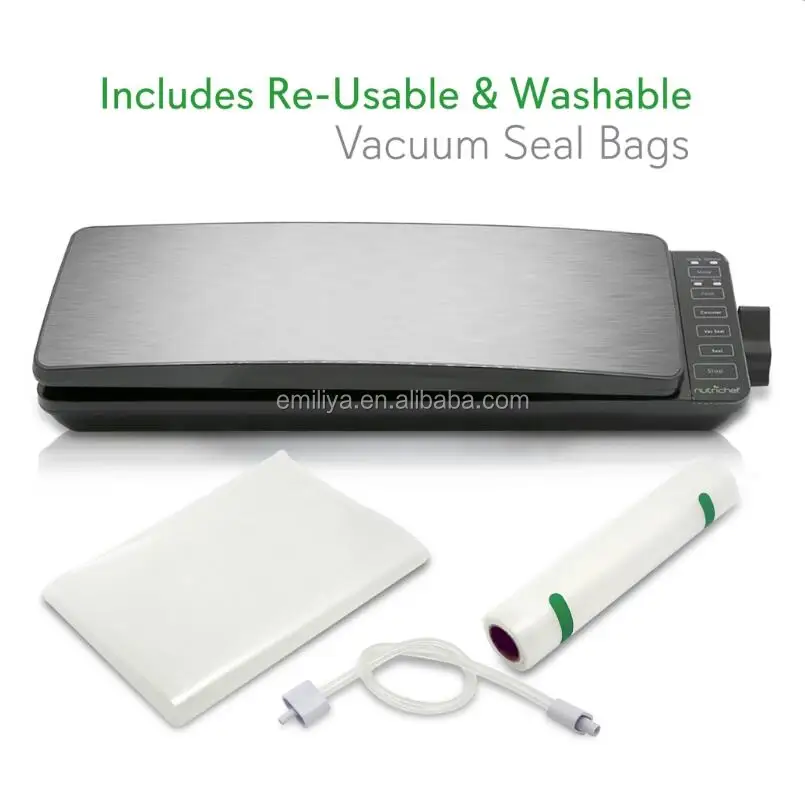
- Some jars are not meant for freezer use. It might crack or burst, and small bits may be in your baby food without you knowing;
- Jars take up so much space in the refrigerator / freezer. Even more do plastic containers as they are usually bigger than jars at 6 oz. smallest size;
- Plastic containers absorb the smell and color of the food it contains.
- Check your jars when you purchase and verify if it is labeled safe for freezing. There is a specific well-known brand of jars that has 4 oz. sizes fit for baby food. This famous brand’s glass containers are fit for freezer use;
- Old baby food jars used for commercial baby foods are not safe for freezing either so don’t recycle it;
- Don’t refrigerate the jars while the contents are still hot. It has to cool down first at room temperature.
 As soon as it is not hot, refrigerate or freeze. Don’t let it stay in room temperature for too long.
As soon as it is not hot, refrigerate or freeze. Don’t let it stay in room temperature for too long.
Puree the baby food in a Ninja blender. Pour it into an ice cube tray. Cover the tray with a cling wrap or use branded trays that come with lids. Don’t use foil as it easily breaks and may get mixed with the baby food.
Put the ice cube tray into the freezer. Once frozen, remove the baby food cubes and transfer into freezer bags. Label contents and date of preparation. Then you put in the freezer for longer storage.
Advantages:- The baby food come in small cubes, which is approximately 1 ounce;
- No food wasted because of this small size portioning;
- It is a two-step process that can take some time;
- It also requires more materials – ice tray, freezer bags.
Don’t put too many ice cubes in one freezer bag.
 4-6 is a good number. If there’s too many, you will be removing the bag from the freezer more often. Constant change in temperature is not advisable for frozen food. It is prone to spoil;
4-6 is a good number. If there’s too many, you will be removing the bag from the freezer more often. Constant change in temperature is not advisable for frozen food. It is prone to spoil;Just get enough cubes that your child can finish. Half-finished baby food is not to be re-frozen at all. To heat, place in a microwavable container and warm it.
After making baby food puree, spoon it directly into Ziploc storage bags. Let it cool down if it is hot. After which, put in the freezer.
Advantages:- It will not occupy so much space in the freezer or refrigerator compared to the jars.
- Since it was frozen in a lump form, and while still soft, much of the baby food will stick to the plastic;
- Baby food will be wasted as it would be difficult to remove from the plastic;
- Ziploc storage bags come in sizes: quarts, gallon and 2 gallons.
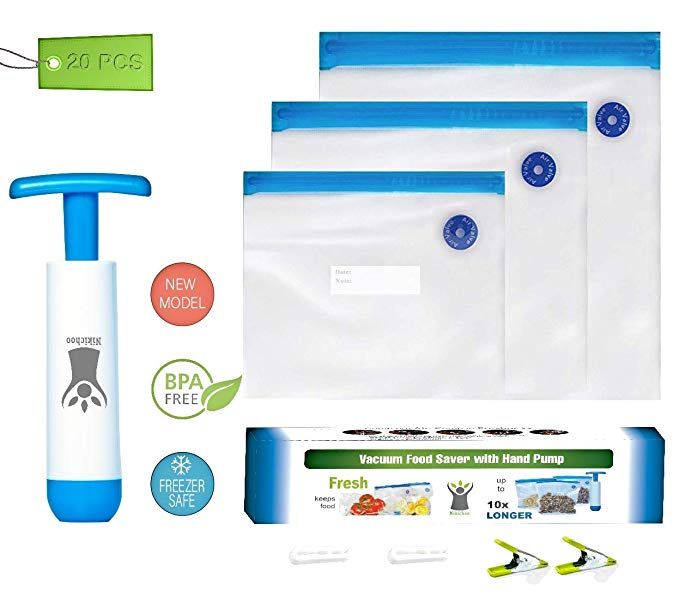 The quart size would still be a big serving to consume in just one sitting;
The quart size would still be a big serving to consume in just one sitting; - If you don’t completely fill the quart bag, it would be too much waste of a bag;
- Ziploc storage bags are not freezer friendly. Ziploc specifically has freezer bags.
Freezer bags are made of thicker material than storage bags. Instead of getting storage bags, get freezer bags instead. The best part that freezer bags come in pint size, which is smaller than the smallest size of storage bags. I recommend buying high quality bags from reputable brands like Foodsaver.
- To heat it, place in bowl of hot water.
For easier dispersal of the baby food in the bag, instead of opening the zipper and spooning it out, I cut a small hole on the bottom and squeeze out the baby food.
The best possible method of storing baby food is method no 2 – freezing it in ice cube trays and then transferring the frozen baby food into bags.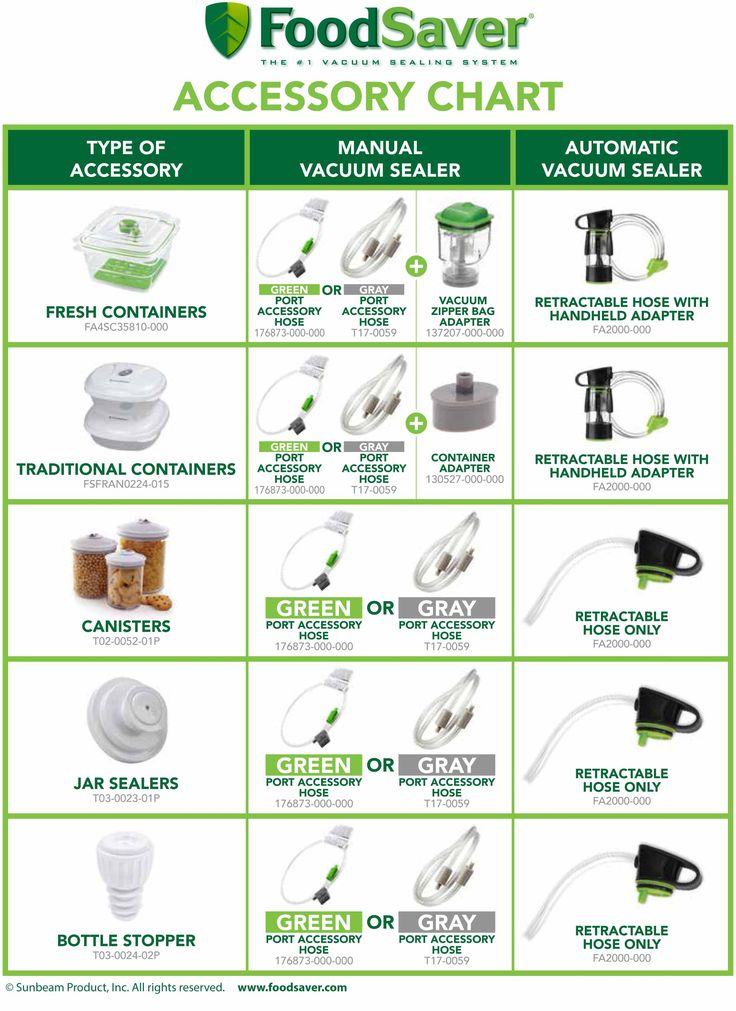 However, for best results, instead of just freezing the bags as is, we are going to vacuum seal it.
However, for best results, instead of just freezing the bags as is, we are going to vacuum seal it.
- Baby food is protected from spoilage because of the airtight vacuum seal;
- The freshness and the nutrients of the baby food are locked in;
- It will also prevent freezer burn from settling on your baby food;
- Removing the oxygen from the plastic bag will preserve it for a longer time because bacteria cannot thrive in an oxygen-free environment;
- Vacuum sealed bags also are smaller than regular packages so that you can save more space in the refrigerator.
You have saved money because of bulk buying the fruits and vegetables. In making your own baby food, you ensure that your baby gets top quality, nutritious and safe food.
When you vacuum-seal it before storage, you seal in the goodness and preserve the food up to five times more.
It also makes it easy for you just to grab a prepared food when your baby is hungry, and if you need to travel. Those are the great benefits when you own best foodsaver vacuum sealers.
Besides ensuring the quality of food for the baby, we also need to find out and choose the best items for our baby to have fun and go to bed every day. Refer to one of the best items at Baby Kid Center
Related posts:
- FREEZER BURN: All You Need to Know
- 7 Best Ways To Vacuum Seal Liquids
Making your own baby food – FoodVacBags
Home / FoodVacBags.com Blog / Making your own baby food
Posted on December 03 2015
With a little time and the right ingredients, you can whip up food for your baby at home. This can help you save money, and will also give you full control over the ingredients of your little one's food. If you rarely find free time, make baby food in bulk and store it with your vacuum sealer and freezer for later use.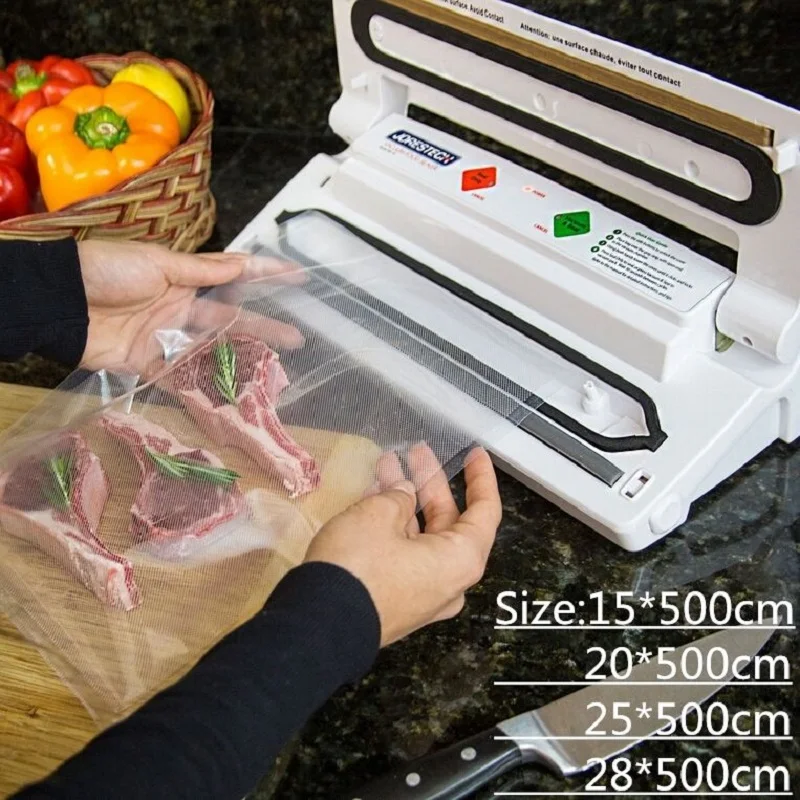 You can even use FoodVacBags vacuum sealer bags that are just the right size for a serving of baby food so they're easy to open and use when you need them, no matter what time of day or night your baby needs to be fed. Here are a few recipes for baby food that you can make at home:
You can even use FoodVacBags vacuum sealer bags that are just the right size for a serving of baby food so they're easy to open and use when you need them, no matter what time of day or night your baby needs to be fed. Here are a few recipes for baby food that you can make at home:
Apricot Puree
According to Wholesome Baby Food, this recipe is appropriate for babies from 6 to 8 months old. You will need:
- 1 pound dried apricots
- 2 cups of white grape, pear or apple juice
Boil the liquid and the fruit together and let them simmer for 15 minutes. Puree with your choice of appliance, such as a food processor or blender, until the mixture is smooth and thin. If you would like, you can add cooked cereal such as oats, rice or barley to thicken the mixture. Note that puree will not freeze solid, but will become only slightly frozen. You may wish to freeze it in an ice cube tray first and then seal these cubes in your vacuum sealer bag.
Orange Puree
Despite its name, this recipe from Parenting doesn't involve oranges.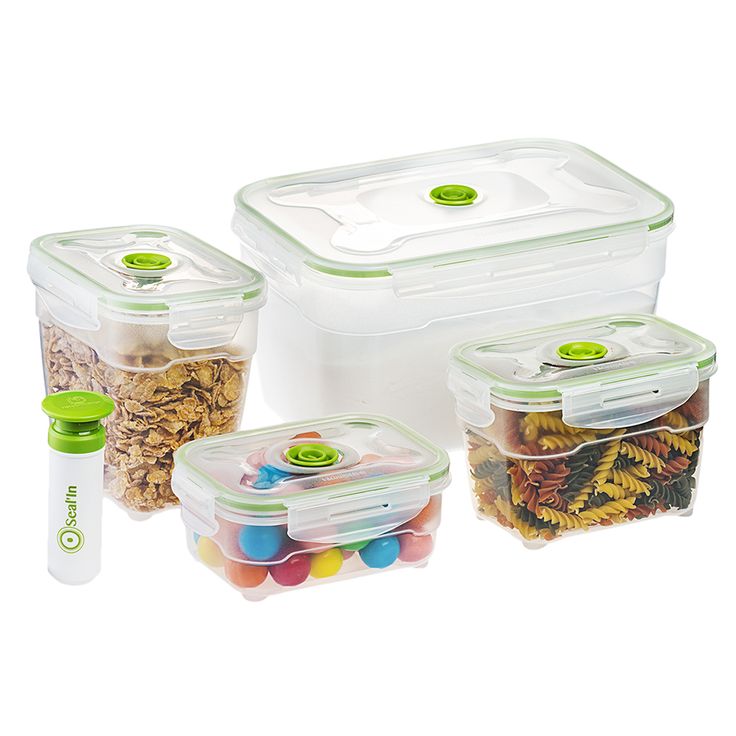 Instead, it uses yams and carrots to create a puree high in vitamins A and C that is also a great source of fiber. To make it, you will need:
Instead, it uses yams and carrots to create a puree high in vitamins A and C that is also a great source of fiber. To make it, you will need:
- 1 yam, peeled and cubed
- 3 carrots, peeled and chopped
- 2 tablespoons water
In a pot, cover the vegetables with cold water and boil them until they are very tender, which should take about 25 minutes. Drain the mixture and puree it in a food processor with 2 tablespoons of water until it is very smooth, or around 1 minute. If you need to, you can add another tablespoon of water. This will freeze in much the same way the apricot puree above will, so consider ice cube trays here as well.
There's no reason these purees should be limited to babies, either. If you have picky toddlers or even school-aged children, you can add fruit and vegetable purees to other foods, like pasta, pizza and more, to make sure they get the nutrients they need. When these purees are in easy-to-use cubes in a vacuum sealer bag, sneaking in a few healthy vitamins is very simple. Experiment with different fruits, vegetables and grains.
Experiment with different fruits, vegetables and grains.
SHARE:
Related Posts
Is Your Herb Garden Overflowing? Easy Ways to Preserve the Bounty
Whether you love to cook or would rather hit the drive through, nothing compares to the delicious taste of fresh herbs.
Read More
Tips for Using a Slow Cooker
A slow cooker makes the ideal option for preparing foods while away at work, but it also comes in handy when at home. Th
Read More
Money Saving Cleaning Tips
One basic principle of saving money is using some products for things other than their advertised purpose. Many househol
Read More
Packaging of baby food, order packaging in Moscow at an affordable price
Manufacturers of baby food (fruit purees, nutritious cereal-milk mixtures and other products), the company "Custom Upakovka" offers a profitable product packaging service.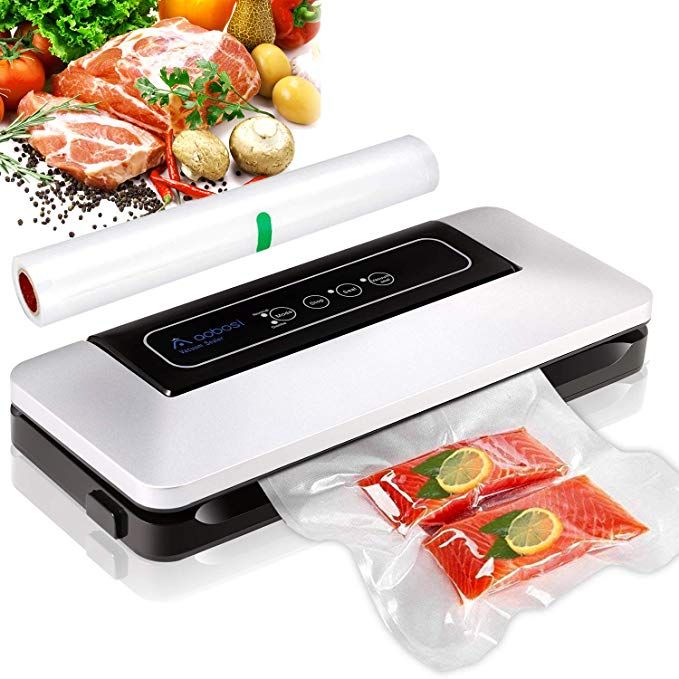 We pack batches of any size in doy-packs with a convenient dosing fitting (side or central). Pouring the mixture is carried out on modern filling equipment, marking and stickering of products is carried out at the same time. A special food-grade polymer with an internal metallized layer is used as a material for the manufacture of a doypack. We strictly comply with the normative requirements of the technical regulations regarding the packaging of food products intended for children, as well as hygiene standards. We guarantee the safety of the product during the prescribed expiration date, ensuring the strength of the packaging and ease of storage. The design of the package is carried out by applying drawings and images, informational and advertising texts. With the help of eight-color flexo printing, the packaging is given an attractive look that will favorably distinguish the brand's products from the retail assortment. Doypacks are conveniently stored in a horizontal position and displayed on display cases in a vertical position due to the stable bottom of the bag.
We pack batches of any size in doy-packs with a convenient dosing fitting (side or central). Pouring the mixture is carried out on modern filling equipment, marking and stickering of products is carried out at the same time. A special food-grade polymer with an internal metallized layer is used as a material for the manufacture of a doypack. We strictly comply with the normative requirements of the technical regulations regarding the packaging of food products intended for children, as well as hygiene standards. We guarantee the safety of the product during the prescribed expiration date, ensuring the strength of the packaging and ease of storage. The design of the package is carried out by applying drawings and images, informational and advertising texts. With the help of eight-color flexo printing, the packaging is given an attractive look that will favorably distinguish the brand's products from the retail assortment. Doypacks are conveniently stored in a horizontal position and displayed on display cases in a vertical position due to the stable bottom of the bag.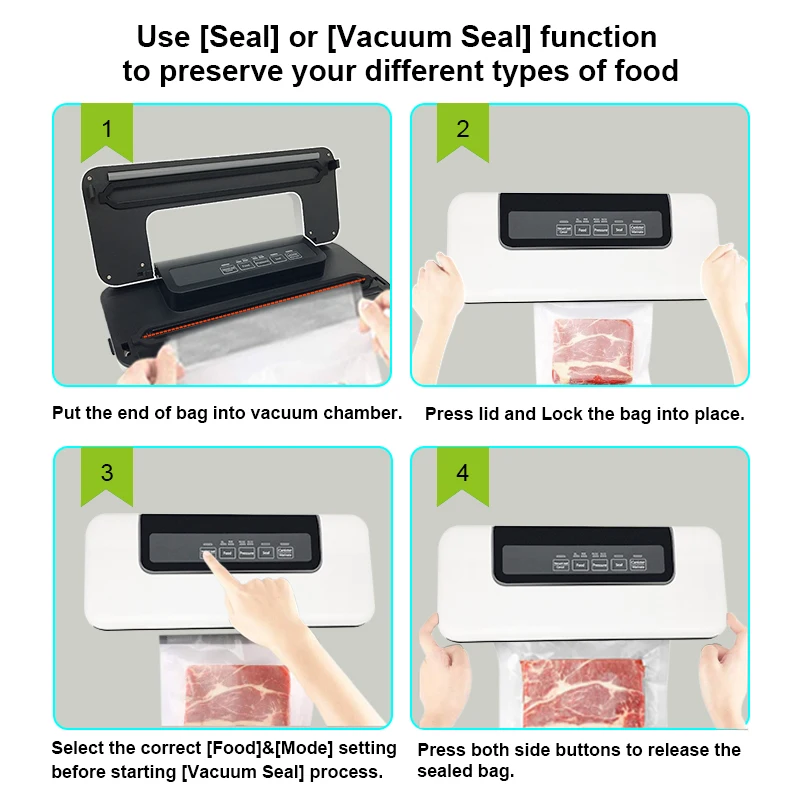 nine0003
nine0003
To find out the price and order the packaging of baby food in Moscow, please fill out the feedback form by clicking on the "ASK A QUESTION" button in the upper or lower right corners of the site, or call +7 495 664 51 31 .
5000 pcs
minimum packing run
3-10 days
packing time, taking into account the workload of production
25-30 days
time for packaging production and provision of turnkey packaging services
8
The maximum number of colors on the packaging
9000%
All shipments are packed earlier than the declared deadlines
Types of PACS PACS
Doy Pak(Doy Pack) 9000 9000
9000 9000 supply:
PET/PETmet/PE, PET/BOPPmet, PET/OPPmet, PET/AL/PE, APET/AL/PE, PET/PETmet/PVD, PET/CPPmet, OPP/OPPmet, BOPP/CPPmet, Kraft/BOPPmet, Kraft/OPPmet, White paper/BOPPmet/PE, White paper/AL/PE, Kraft/CPPmet, PET/PET/PE, PET/PE, OPP/OPP, PP/PP, BOPP/BOPP, BOPP/ CPP, Kraft/BOPP/PE, Kraft/PE, White paper/PE, White paper/PET/PE
Opportunities:
Installation of ZIP-Lock, installation of a cut handle, installation of Eurosrotes, installation of a fitting, rounding of angles, notch, demonstrative or complete caressing
Packing type:
Vertical
Three-high
( flow pack)
Film composition for making baby food packaging:
PET/PETmet/PE, PET/BOPPmet, PET/OPPmet, PET/AL/PE, APET/AL/PE, PET/PETmet /PVD, PET/CPPmet, OPP/OPPmet, BOPP/CPPmet, Kraft/BOPPmet, Kraft/OPPmet, White paper/BOPPmet/PE, White paper/AL/PE, Kraft/CPPmet, PET/PET/PE, PET/PE , OPP/OPP, PP/PP, BOPP/BOPP, BOPP/CPP, Kraft/BOPP/PE, Kraft/PE, White paper/PE, White paper/PET/PE
Possibilities:
Installation of zip-lock, installation of a cutting handle, installation of an euroslot, installation of a fitting, rounding of corners, notch, demonstration window, partial or full varnishing
(side fold)
Film composition for making baby food packaging:
PET/PETmet/PVD, PET/CPPmet, OPP/OPPmet, BOPP/CPPmet, Kraft/BOPPmet, Kraft/OPPmet, White paper/BOPPmet/PE, White paper/AL/PE, Kraft/CPPmet, PET/PET/PE, PET/PE, OPP/OPP, PP/PP, BOPP/BOPP, BOPP/CPP, Kraft/BOPP/PE, Kraft/PE, White paper/PE, White paper/PET/PE
Opportunities:
Installation of ZIP-Lock, installation of a cut handle, installation of euros, notch, rounding of angles, demonstrative window, partial or complete varnish
Type of packaging:
Vertical
STIK
(STICK)
Film composition for making baby food packaging:
PET/PETmet/PE, PET/BOPPmet, PET/OPPmet, PET/AL/PE, APET/AL/PE, PET/PETmet/PVD, PET /CPPmet, OPP/OPPmet, BOPP/CPPmet, Kraft/BOPPmet, Kraft/OPPmet, White paper/BOPPmet/PE, White paper/AL/PE, Kraft/CPPmet, PET/PET/PE, PET/PE, OPP/OPP , PP/PP, BOPP/BOPP, BOPP/CPP, Kraft/BOPP/PE, Kraft/PE, White paper/PE, White paper/PET/PE
Opportunities:
NASA, demonstrative window, partial or complete varnishing
Type of package:
Vertical
Box
Cardboard composition for children's power supply:
Pulp Cardon
Options:
Display window, partially or fully varnished
Packing type:
Vertical
Still have questions?
- 1.
 How is the packaging process?
How is the packaging process? -
The production process begins with the choice of material for future packaging. Next, the material is printed according to the layout. The main type of printing on film or kraft paper is flexo printing (a type of printing using flexo forms and special fast-drying inks). The package is formed after complete drying of the paints and lamination.
- 2. What is a flexo plate? nine0176
-
Flexo plate - a plate that is put on the shaft of flexographic equipment for further transfer of ink to the printed surface, thereby creating an impression.
- 3. What kinds of bags are available and which one should I choose?
-
There are several types of bags: doypack, with side folds, three-seam, sachet, stick, vacuum, packing, craft. To choose future packaging, several factors should be taken into account: the type of packaged product and its properties, consistency, methods of placement on the counter.
 nine0003
nine0003
- 4. Is it possible to do everything on a turnkey basis and what is the production time?
-
The company's capacities allow to implement any package on a turnkey basis, from the development of a unique layout design to packaging and placement of packaging in special show boxes. Material production time - 30 calendar days, shaping and packaging - 10 calendar days.
Calculate the cost of packaging baby food
How to store milk formula? — Bellakt
Proper storage of milk formula largely determines its quality and, as a result, ensures the baby's nutritional safety. Strictly adhere to the manufacturer's recommendations when storing dry and diluted mixtures.
Baby dry mixes "Bellakt" are produced in cardboard boxes with foil bags. nine0214 Therefore, closed dry mixes are recommended to be stored in a dry, cool place within the expiration date indicated on the packaging.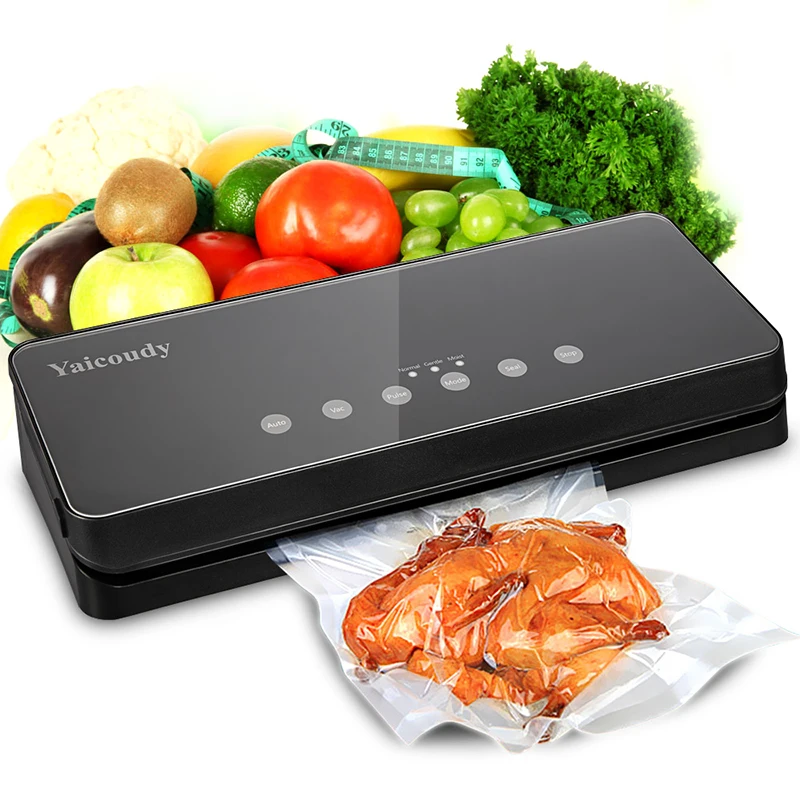
Never use delayed diet!
Keep the opened package in a dry, dark, cool place at a temperature not higher than +25ºС and air humidity not higher than 85%. Avoid exposure to direct sunlight.
The best place for storage is a closed kitchen cabinet away from the stove. Do not store the mixture in the refrigerator as the high humidity may cause it to clump. nine0214
After opening the inner pouch, keep the product tightly closed and out of the reach of children.
Use the contents of an opened package within 20 days.
Even if you still have formula after this period, do not feed it to your baby.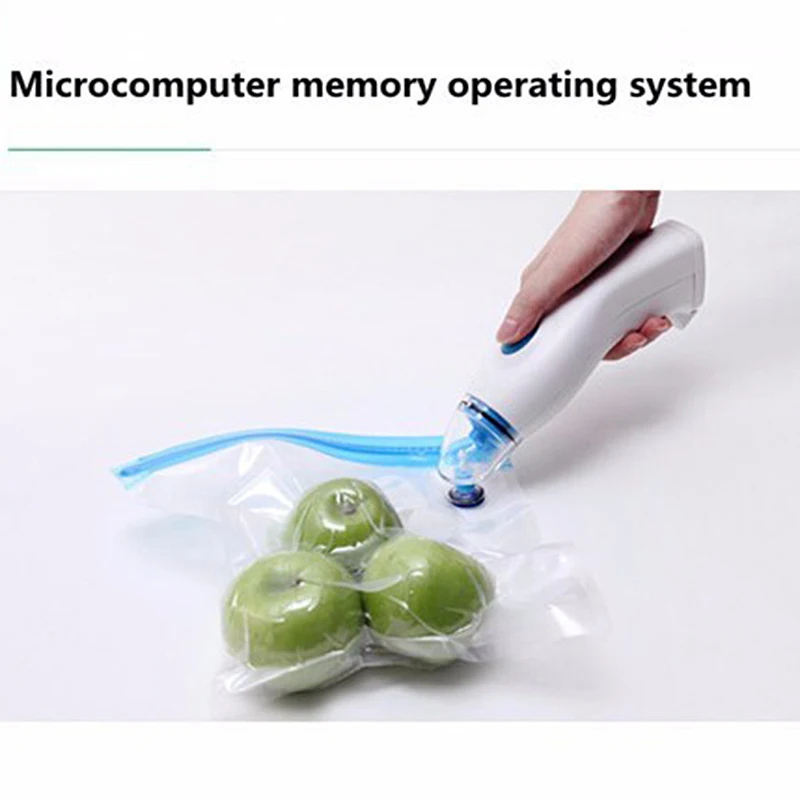 The mixture is packed by the manufacturer in a vacuum environment. After opening the package, the substances that make up the mixture interact with atmospheric oxygen, resulting in a change in their physical and chemical properties. For an adult, such changes may not be noticeable, but the baby's body reacts sharply to all changes in its familiar environment. nine0214
The mixture is packed by the manufacturer in a vacuum environment. After opening the package, the substances that make up the mixture interact with atmospheric oxygen, resulting in a change in their physical and chemical properties. For an adult, such changes may not be noticeable, but the baby's body reacts sharply to all changes in its familiar environment. nine0214
In addition to the mixture itself, it is important to properly store all the accessories necessary for its preparation - spoons, nipples, bottles. It is optimal to take a special container for them or store them in a sterilizer.
Remember that only clean, dry hands should be used to measure and dilute the mixture. Otherwise, the risk of getting into the dry food of pathogenic organisms, for which a nutrient-rich mixture is a favorable environment for reproduction and growth, increases. How to store the finished product? nine0214
How to store the finished product? nine0214
Can formula milk be stored and if so, for how long?
This question quite often comes to the manufacturer from parents.
The mixture is recommended to be prepared immediately before use and it is not recommended to use the remains of the mixture for subsequent feeding. nine0214
But this possibility is not always available.
The European Society of Pediatric Gastroenterology, Hepatology and Nutrition (ESPGHAN) issued recommendations in 2004 according to which reconstituted dry formula can be stored in a sealed bottle at room temperature for no more than 4 hours. In the refrigerator at temperatures up to +4°C, the finished mixture can be stored for 30 hours. nine0214
nine0214
But this is only if the bottle is tightly closed with a sterilized cap, and the baby did not eat from the bottle.
If the child even drank a little from the bottle, it cannot be stored, because the risk of developing pathogenic microorganisms increases. nine0214
One of the options for safe feeding a child outside the home (on a long walk, on the road, in a clinic, etc.) is to take water and dry formula separately. Pour the required amount of formula for one feeding into a sterilized bottle and close tightly. Pour boiled water heated to +50°C into a thermos. When the baby is hungry, dilute the mixture. nine0214
9000 - use the mixture only within the expiration date indicated on the package;
- store the opened mixture for no more than 20 days; nine0003
- store the mixture in a dry, dark, cool place in an airtight container.